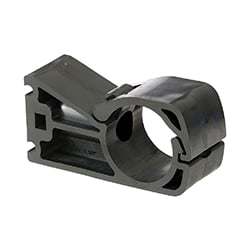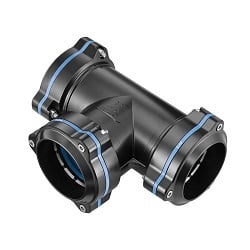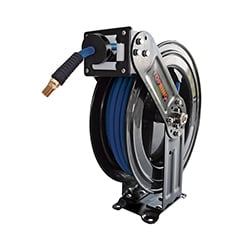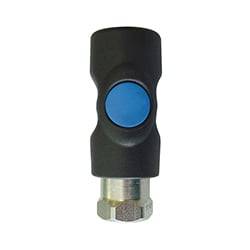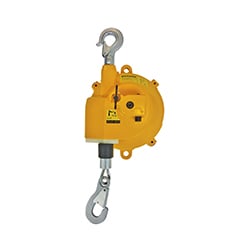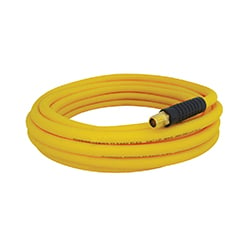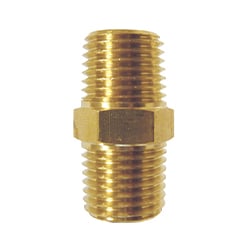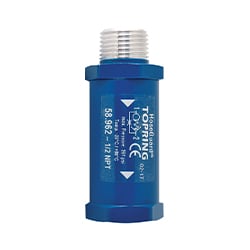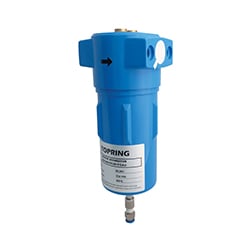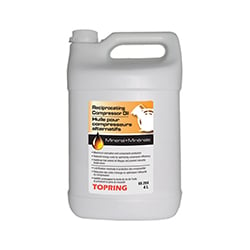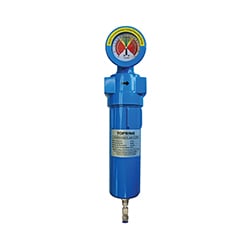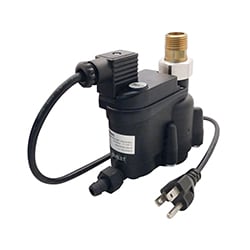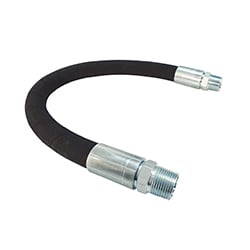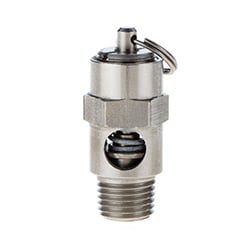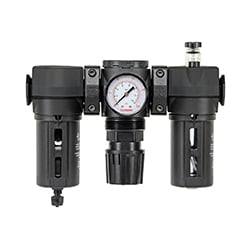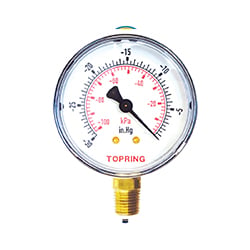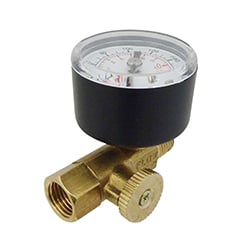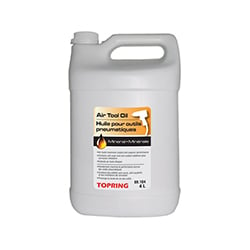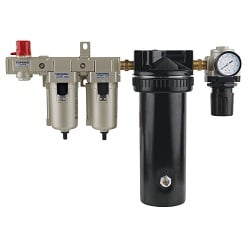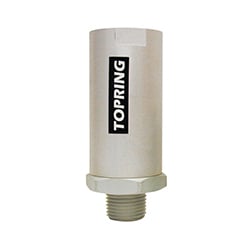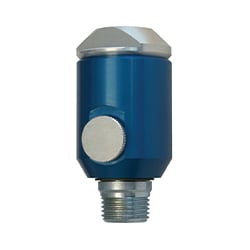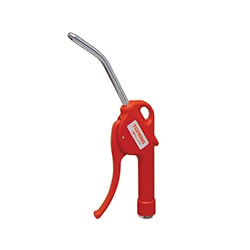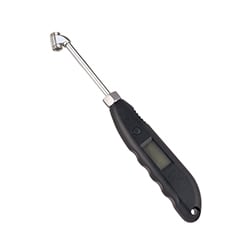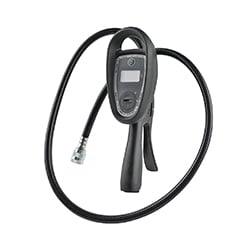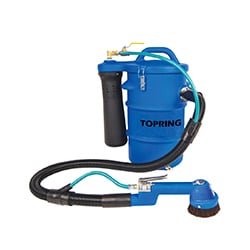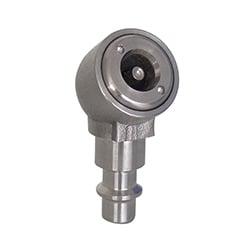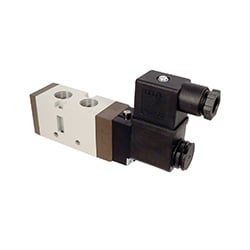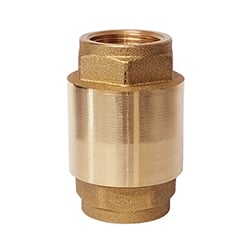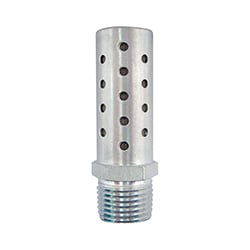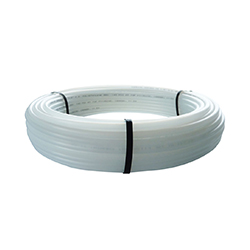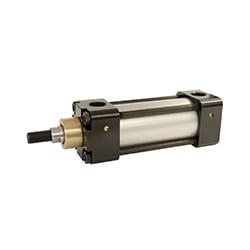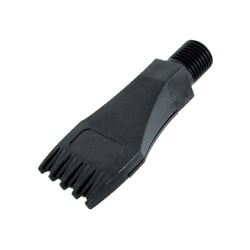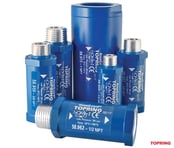In my last blog we focused on due diligence in occupational risk and safety prevention and the importance of doing a morning check routine. In this blog, we will focus on a real case in the industry and make recommendations on products and installations, so that we can avoid dangerous incidents.
On a business trip in Asia, we were asked to consult on a very hazardous situation in a shipyard in South Korea.
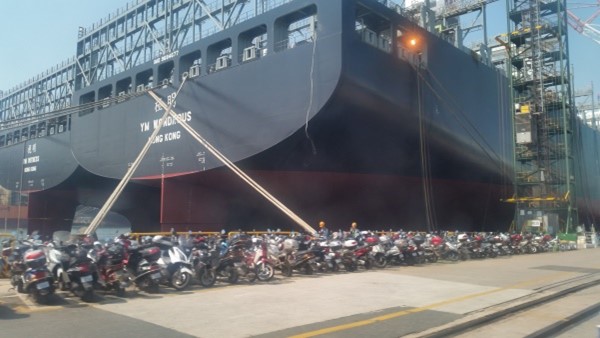
During the morning routine, the safety team detected significant hazards in their compressed air hose installations. As this is a very common situation throughout the industry, it is very appropriate to elaborate on the right solution for such incidents.
All over the construction halls, unsecured air hoses were laying around. Air hoses with tube diameters that are ½ in, ¾ in, 1 in and larger are very dangerous weapons in cases of accidental disconnections, which by a hose-whip can cause severe damage to personnel and equipment. Of which, the shipyard already had many.
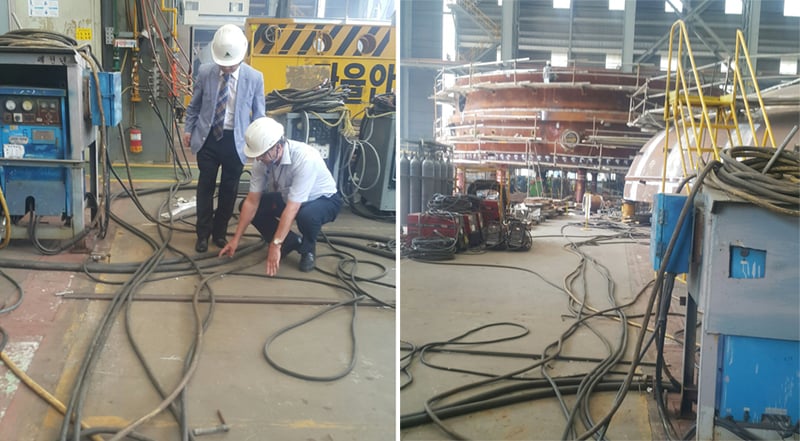
We were confronted with situations like this, where the compressed air distribution system was centralized in so-called “portable distribution modules“.
However, this isn’t singular to just the naval industry. We also see similar hazardous situations in the aircraft industry, mining Industry, construction industry, automotive industry, and wherever compressed air is used.
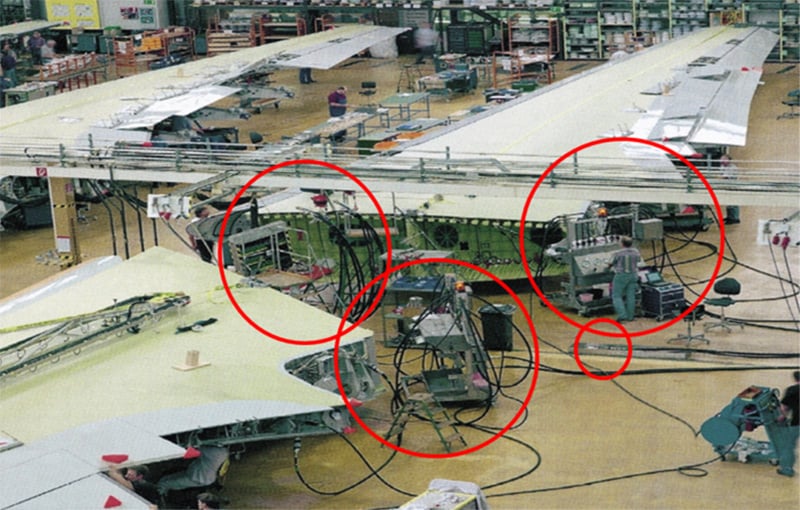
Compressed air dangers
With so many Work, Health and Safety (WHS) issues to consider, compressed air might not seem like a high priority compared to others, but because of its pressurized nature, the misuse of this resource can result in serious, life-threatening consequences that deserve critical attention. Given that severe injuries and death may result, it is surprising that a hose whip risk is often overlooked in the workplace. Hose whips occur when:
- the pressure exceeds the hose rating, or
- a hose is suddenly cut, or
- a hose coupling inadvertently releases while the hose is still under pressure.
Safety and Physical Hazards
Air under high pressure can penetrate the skin, causing lacerations and embolisms, or damaging sensitive tissues such as the eyes or ear drums. Pressure as low as 12 psi can rupture an eyeball.
Given that severe injuries and death may result, it is surprising that hose whip risk is often overlooked in the workplace. When a pressurized air line bursts, a hose coupling inadvertently releases or is suddenly damaged, and a highly dangerous hose whip will result in a thrashing hose becoming a seriously dangerous projectile. If tools are attached or the line is large in diameter, the dangers increase dramatically.
The Solution
Avoiding hose whips can be achieved through:
Preventive maintenance
Regularly check air hoses for weak spots at bent or kinked areas and nozzle and shut-off valve attachments. If you notice these problems, replace the hose immediately!
Hazard reduction
Minimize hose burst risk by avoiding contact between sharp or heavy objects and compressed air lines. Ensure that plant or machinery is not placed onto or driven over the air hose.
HOSEGUARD® Air Fuses
|
|
An air fuse that eliminates hose whips and guards against accidental punctures or unforeseen maintenance issues. The simplest and most economic solution is a HOSEGUARD® also as known as a compressed air safety valve or air fuse. |
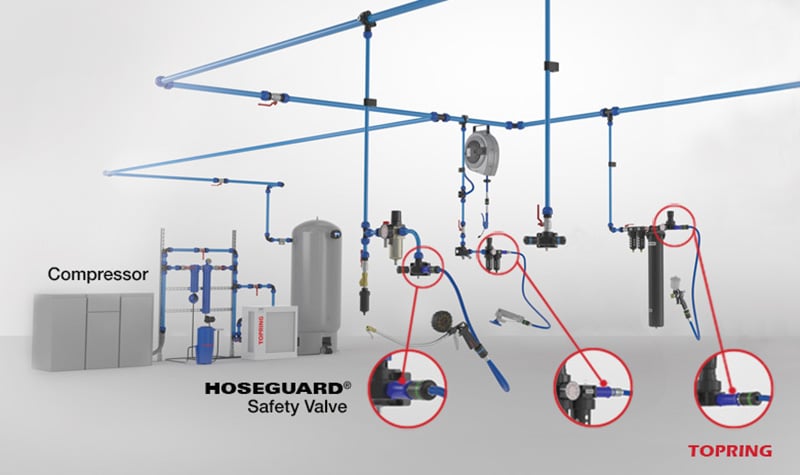
In the Shipyard example above, the air fuses were all correctly installed directly in the air distribution centers (below). Since then, no incidents have been reported.
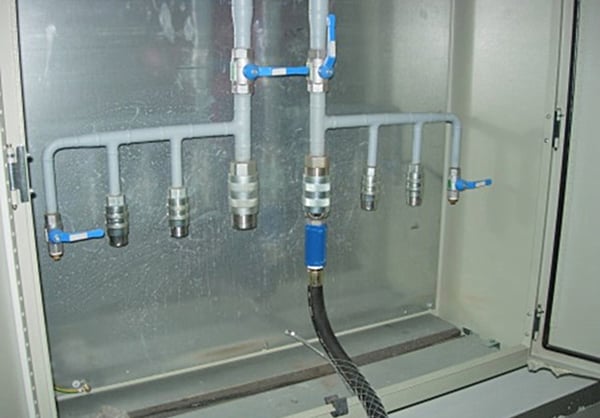
To learn more about Hoseguard® air fuses check out the blog on Health and Safety Solutions for Compressed Air.


